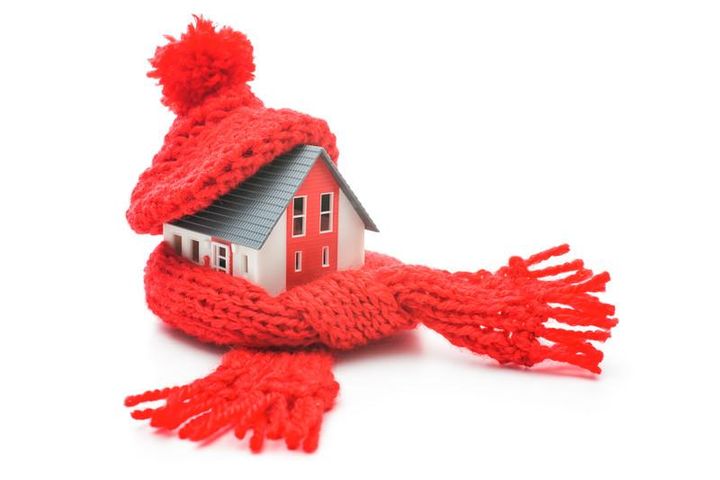Why the Insulation Contractor is the "Hottest Guy" In the Room!

Why the Insulation Contractor Is Now the “Hottest Guy” In the Room
This is the result of an ice dam
In the 60’s and 70’s it was the Airline Pilot, in the 80’s the Wall Street Shark. In the 90’s and 00’s it was the Hedge Fund Manager. Now, the hottest guy in the room setting the women’s pulses a-racing… is the Insulation Contractor.
I admit it, before last spring I was not personally acquainted with the roof rake nor the ubiquitous ice dam. But now, if I happen upon an insulation guy in a social setting, I am more than willing to elbow and charm my way to the front of the other fawning women to breathily whisper, ” open or closed cell spray foam?”
To review, here is the definition of an ice dam, compliments of the University of Minnesota Extension: “An ice dam is a ridge of ice that forms at the edge of a roof and prevents melting snow (water) from draining off the roof. The water that backs up behind the dam can leak into a home and cause damage to walls, ceilings, insulation, and other areas.
Figure 1 shows a cross section of a home with an ice dam.

Figure 1. Cross section of a one-and-a-half story house with an ice dam.
What causes ice dams?
There is a complex interaction among the amount of heat loss from a house, snow cover, and outside temperatures that leads to ice dam formation.
For ice dams to form there must be snow on the roof, and, at the same time, higher portions of the roof’s outside surface must be above 32°F while lower surfaces are below 32°F. For a portion of the roof to be below 32°F, outside temperatures must also be below 32°F. When we say temperatures above or below 32°F, we are talking about average temperature over sustained periods of time.
The snow on a roof surface that is above 32°F will melt. As water flows down the roof it reaches the portion of the roof that is below 32°F and freezes. Voila! – an ice dam.
The dam grows as it is fed by the melting snow above it, but it will limit itself to the portions of the roof that are on the average below 32°F. So the water above backs up behind the ice dam and remains a liquid. This water finds cracks and openings in the exterior roof covering and flows into the attic space. From the attic it could flow into exterior walls or through the ceiling insulation and stain the ceiling finish.”
Speaking of Minnesota, that is where the Ice Dam Guys hail from and they had a lucrative March spent here in the Boston area. Click here for a link to their frequently asked questions.
Remember, it is not too late to insulate your attic and avoid a dreaded repeat of last year!
About the Business
Have a question? Ask the experts!
Send your question


